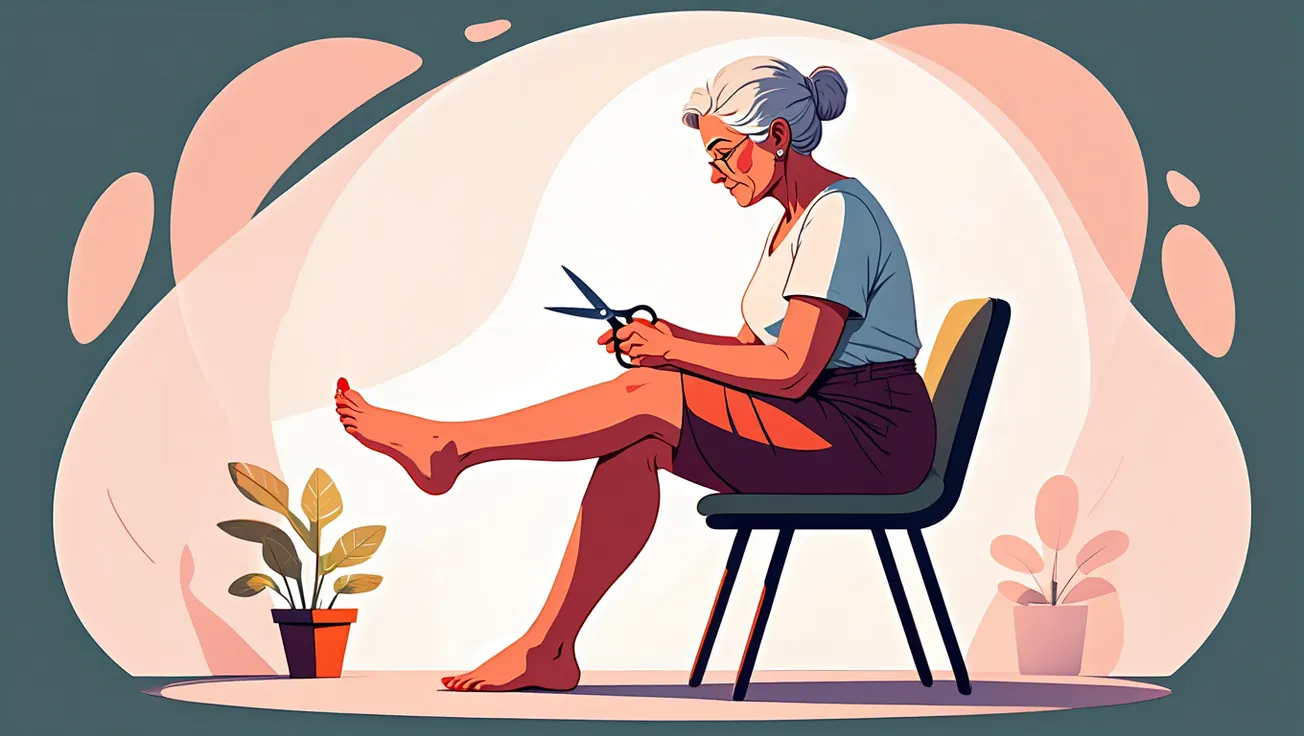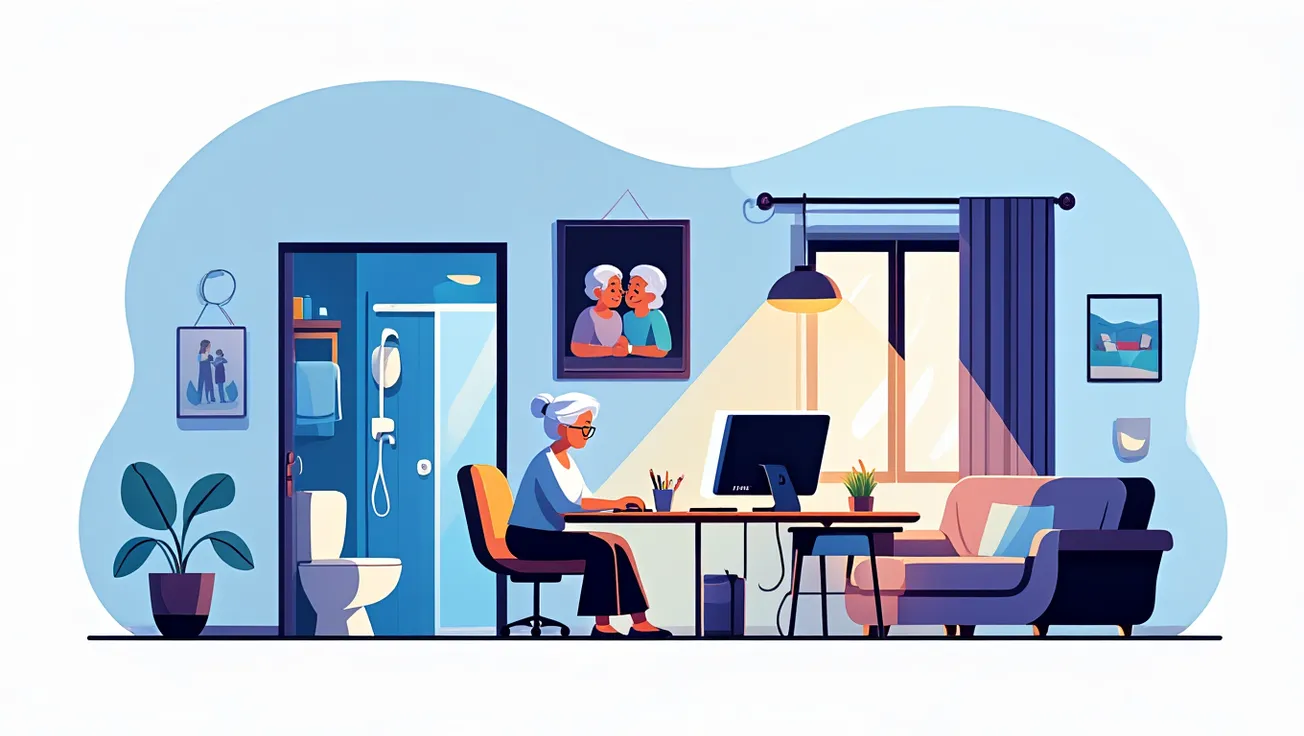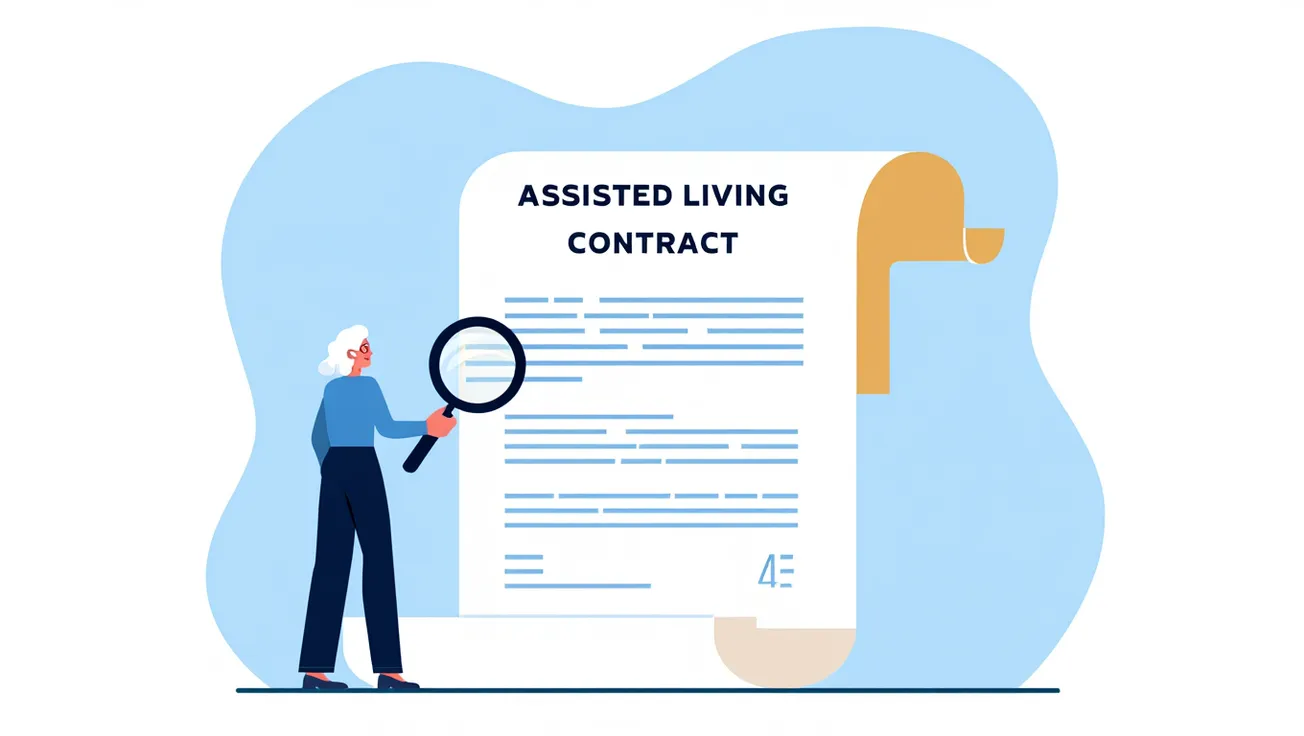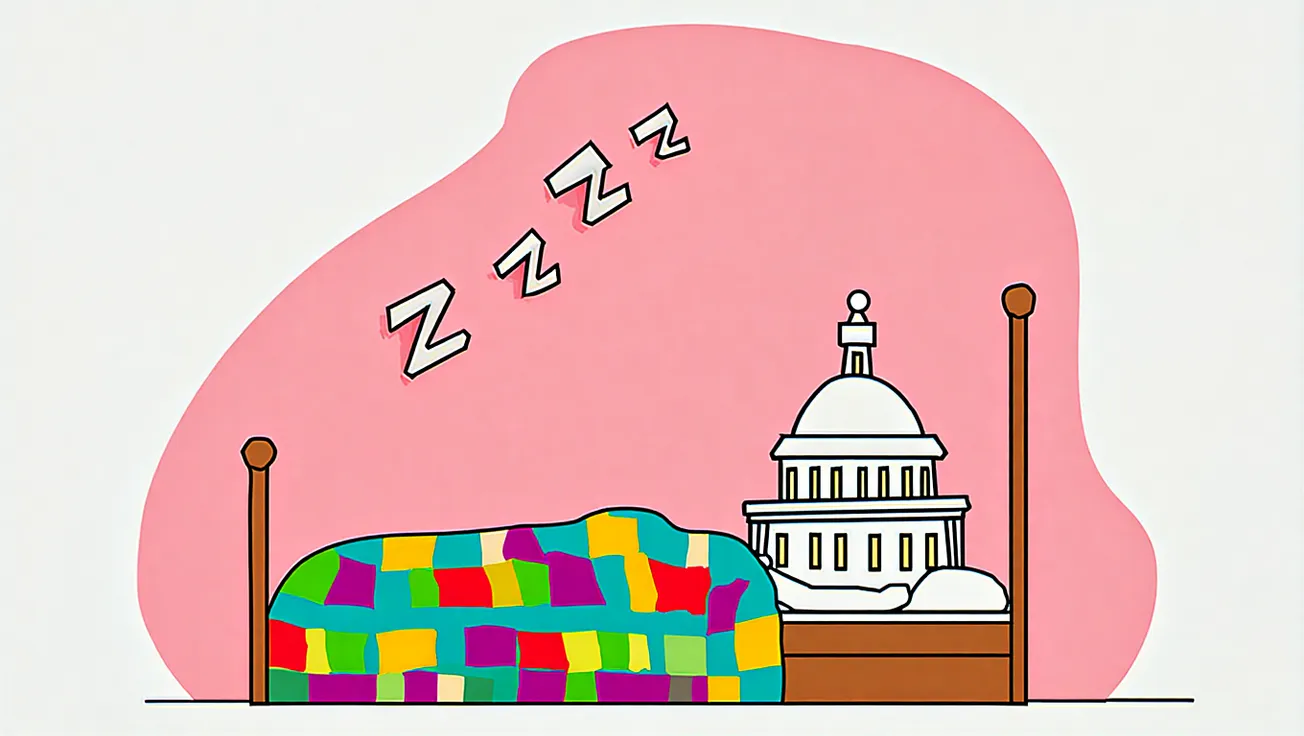Watch out for “Senior Spa” gouging
The Takeaway:
- Toenail trimming gets harder (and riskier) with age — but few seniors talk about it.
- Medicare doesn’t cover routine nail care, unless there’s a medical need.
- Free or low-cost options exist, from senior centers to mobile foot nurses.
- Area Agencies on Aging are the best starting point for finding help.
- Avoid overpriced “senior spa” services unless you know what you're getting.
Let’s talk toenails.
It’s not glamorous. It’s not dinner-table conversation. But for millions of older adults, it’s one of those everyday problems that turns into a big deal when no one’s looking: Who’s clipping the toenails?
If you’ve ever tried to trim your own toenails with arthritis in your fingers and a hip that won’t bend, you know the struggle. If you’ve got a parent who can’t remember the last time their feet saw daylight, this one’s for you.
Why it matters
Toenail care isn’t just about hygiene — it’s about safety. Overgrown or thickened nails can:
- Make shoes painful
- Lead to infections
- Cause balance issues and falls
If you’re diabetic or have circulatory problems, it’s even more serious. A small nick or ingrown nail can become a major health threat. But the solution isn’t as simple as booking a pedicure.
Medicare? Nope.
Here’s the kicker: Medicare does not cover routine nail trimming, no matter how hard it is to reach those toes — unless it’s tied to a medical condition like diabetes or peripheral artery disease. Even then, you’ll need documentation and a referral from your primary care doctor to see a podiatrist.
So… who does offer help?
You’ve got more options than you might think. You just have to know where to look.
1. Start with your Area Agency on Aging (AAA)
Every county has one. They’re a gold mine for local resources, including grooming clinics, transportation help, and mobile health services.
Use the Eldercare Locator or call 1-800-677-1116 to find your local AAA.
2. Ask your senior center
Many community or senior centers partner with:
- Visiting nurses
- Nursing schools
- Home health agencies
They often host “wellness days” where services like toenail trimming, blood pressure checks, or flu shots are offered for free or by donation.
3. Look to churches & nonprofits
Groups like Catholic Charities, Jewish Family Services, and Salvation Army sometimes run foot care clinics, especially around holidays or as part of elder outreach. You might find:
- Foot soaks
- Nail clipping
- Gentle massage or foot washing
4. Mobile foot care nurses
If you’re homebound or don’t drive, look for mobile foot care providers. These are usually retired RNs or LPNs offering basic grooming for older adults.
They’re not always free, but many work on a sliding scale, and some offer first-time discounts. Pro tip: Search “[Your town] mobile foot care seniors” or check community bulletin boards.
5. Are you a veteran?
The VA offers foot care services — including nail trimming — if you’re enrolled in VA healthcare. Call your VA primary care clinic to find out what’s available.
WARNING: Watch out for “Senior Spa” gouging
Some private companies charge $60–$100 for a basic toenail trim — and seniors often assume it’s covered by insurance. It’s not. These aren’t scams, but they’re often more than you need to pay.
What if no one offers this near me?
If all else fails, ask your primary care provider for a referral to a podiatrist. If you have a qualifying medical condition, Medicare may cover the cost. And even if it doesn’t, podiatrists are trained to deal with hard nails, thick nails, and feet that haven’t seen daylight in a while.
Whatever you do, don’t try to DIY thick or curved nails at home — especially not with kitchen scissors or drugstore clippers. Seniors have thinner skin, reduced circulation, and a much higher risk of infection. Leave it to the pros.
Disclaimer: This article is for informational purposes only and does not substitute for professional medical advice. Consult your doctor or podiatrist for personalized foot care guidance.










